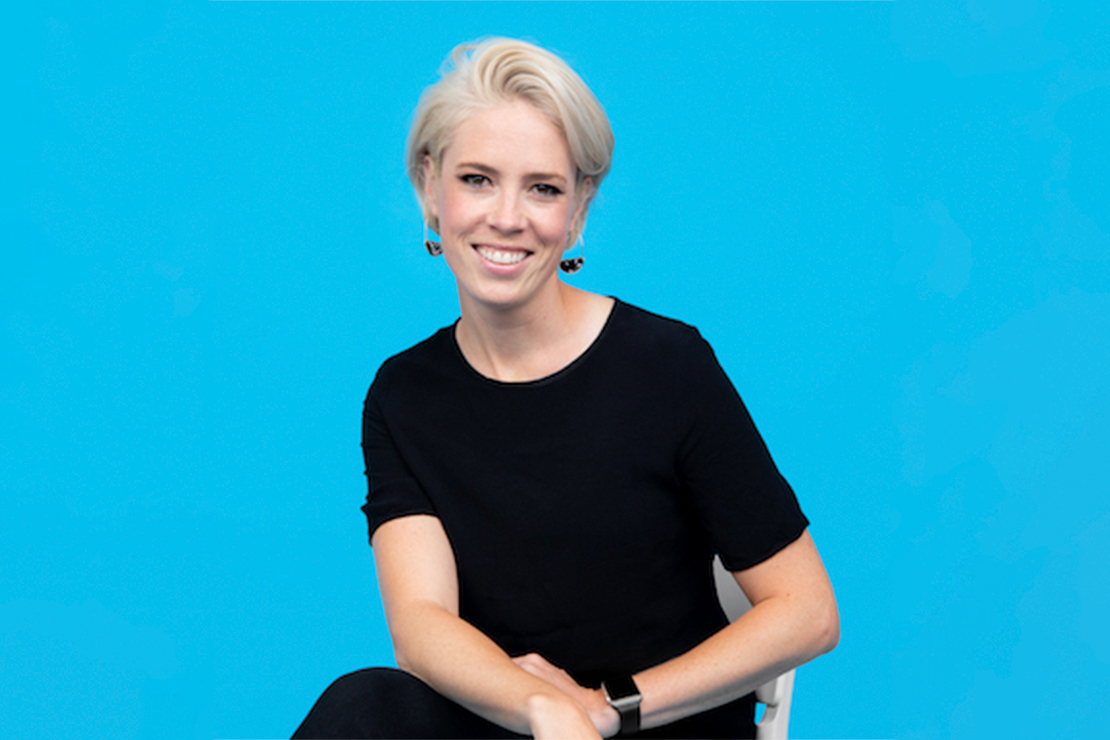It’s Time for a Hiring Revolution, Part Two: Why Your “Diversity” Training Won’t Work
Aug 18, 2021

Photo is by YouthLens360, courtesy of Lunar
By Danielle Steer, Executive Director of Lunar Startups, and Trina C. Olson, Cofounder and CEO of Team Dynamics
In "Part One: Why 'Fit' is Code for Sexist and Racist Hiring Practices," we dove into the pay disparities for the same kinds of work among men and provided some quick disruptions to biased hiring approaches. In Part Two, we’re going to take a deeper dive into what to do with some data and recommend some actionable steps to institute a hiring revolution at your startup, investment firm, or company.
Who Is Worth What?
A defining feature of “work” is that we get paid. If we’re not getting paid, the contributions we make to our households, neighborhoods, and communities are called something else:
Volunteering—in our kids’ school, for a local election, to help a friend with a project.
Doing Chores—many people grew up in households where their parents made it very clear: “If you live here, there are things we all do in order to make sure we have what we need.”
Slavery—The 244 years between 1619 and 1863 of perfectly legal, unpaid, backbreaking, soul-crushing labor.
So we can all agree that getting paid is a big deal. It’s a major piece of the pie. And yet, with a stunning level of consistency, U.S. workers are compensated in wildly different ways depending on the bodies they come in. The impacts of pay inequity are acute and lasting, and they result in virtually insurmountable barriers to individual, familial, and community financial safety.
Salaries Across Gender
The Institute for Women’s Policy Research gathers and shares evidence of the persistent gap in pay between the sexes. In a study of the gap from 1960 to 2019, researchers highlighted several facts:
Women are almost half of the workforce. They are the sole or co-breadwinner in half of American families with children. They receive more college and graduate degrees than men. Yet, on average, women continue to earn considerably less than men.
In 2018, full-time, year-round women workers made only 82 cents for every dollar earned by men, a gender wage gap of 18% . This commonly cited statistic may be understating the extent of pay inequality; an IWPR analysis of women’s and men’s earnings over 15 years found that women made just half (49% ) of what men earned.
What Women of Color Do (and Mostly Don’t) Get Paid
When combining race and gender disparities, the mistreatment is amplified.
According to IWPR’s research, if change continues at the same slow pace as it has done for the past fifty years, it will take forty years — or until 2059 — for white women to finally reach pay parity. For women of color, the rate of change is much, much slower. Glacial, even.
Black women will not receive equal pay for equal work until the year 2130.
Hispanic/Latina/Latinx women will have to wait until 2224.
This staggeringly distant date is a stark and ever-present reminder that we are not anywhere near “on the right track” or close to the moral arc just magically bending toward justice. In order to ensure that eight more generations of U.S. women of color are not trapped in work in which they are not adequately valued, you must interrupt this aspect of workplace brokenness.
Deep sigh.
Ok, now we’re on the same page about the reality of working in different bodies in the United States. If you’re not convinced that you have an active and relevant role in change this mess, wait, there’s more.
A Moral Imperative + Good Business Sense: Homogeneity is NOT the birth of innovation.
As you are working to spark a Hiring Revolution in your company, it matters very much who is in charge. The folks with the veto power, who set the direction, pick parameters, and are ultimately responsible for budget, strategy, and direction of your organization writ large all matter quite a bit.
Whole companies — regardless of their espoused racial and gender diversity goals — are genuinely struggling with how to consistently and effectively recruit, hire, and retain top talent that includes Black, Indigenous, People of Color, women, and gender nonbinary/gender-nonconforming leaders; especially when it comes to hiring into positions of authority (think vice presidents, directors, managers and those in the C-suite).
Members of these groups get passed over, their talents, wealth, perspectives and experiences dismissed, in favor of hiring and promoting white men into these pivotal positions. White men are not magically the only humans capable of running teams, projects, and whole companies. It’s preposterous.
WHAT TO DO: Raising the Game, Not the Playing Field
When our hiring process filters out people who don’t fit a biased image of an ideal, attractive job candidate, we are living out the assumptions that have been drilled into us about who is and is not “suited” to particular sectors, companies, jobs, and roles. We call bulls**t! This is harmful to your community as much as it is to your employees and customers. And, it hurts your business profitability.
In a time when there doesn’t seem to be much we can do about the broader injustices in the U.S. right now, the simplest things can actually make the most impact. Here are four things you can start doing, stop doing, or change to work towards your hiring revolution.
Post the salary range for every position that you hire.
Make the salary range commensurate with the work that needs to get done, not with the experience or level of education attained.
Stop assuming that requiring a college degree means you’ll get more “qualified” talent. What are you actually expecting a person with a degree to have that someone without a degree doesn’t have?
Pay woman/nonbinary folks and BIPOC team members an equitable wage (made more possible if you do point one).
We’re not saying if you do these five things, your company will stay out of the headlines. But it will go a long way to starting down a better, more profitable path. The future where all types of workers are valued, celebrated, and included is possible. Join the revolution.
About the Author

Danielle Steer
Danielle Steer is the founding Executive Director of Lunar Startups, Minneapolis-St. Paul’s first early-stage accelerator for founders who identify as Black, Indigenous, People of Color, LGBTQ, women, and non-binary. Danielle is an award-winning ecosystem builder and is acutely passionate about making the world a more equitable place to thrive, for all. Leveraging her origins as an over-scheduled student-athlete, she brings an intense amount of energy, a team-first mentality, and a broad range of program design experience to Lunar Startups. Danielle sits on the Diversity, Equity, and Inclusion Board of Advisors for the Global Accelerator Network.

Trina C. Olson
Trina leads Team Dynamics’ curriculum development; developing and instituting tools and resources that clients need to thrive in their racial and gender equity goals. As a two-time executive director with a track record of building and retaining teams across race, gender, and sexual orientation to achieve shared goals, Trina has built an impressive portfolio of national and regional policy and advocacy experience, centering a multitude of progressive issues.
A queer, white, cis-gender woman, Trina is motivated to address the intersection of identity and workplace more creatively to think of identity as an asset in service to workplace visions and goals. Trina’s past executive experience and people-leading roles include PFund Foundation, Immigration Equality, National LGBTQ Task Force, and Equality California.

